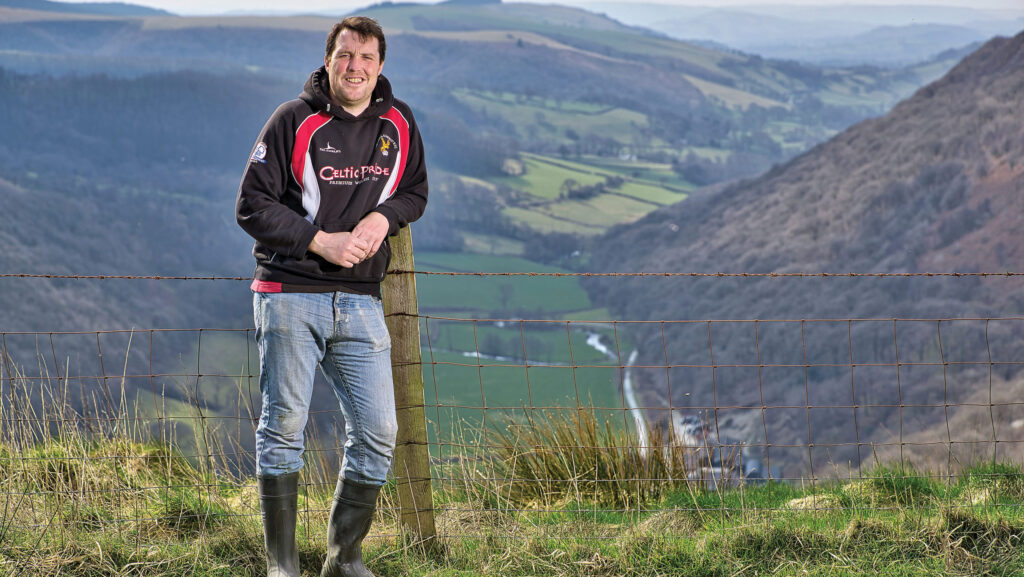Transition Farmer: Plans in limbo over delayed payment scheme
 © Richard Stanton
© Richard Stanton Our Farmers Weekly Transition farmers are striving to secure a better future for their businesses. We catch up with Irwel Jones in Carmarthenshire.
While the delayed rollout of the new Sustainable Farming Scheme (SFS) has been welcomed by many Welsh farmers, it leaves upland lamb producer Irwel Jones’ plans in limbo.
Although there is the cushion of the full Basic Payment Scheme until 2025, it injects another year of uncertainty into his transition goals.
See also: Transition Farmer update: Irwel Jones cuts reliance on inputs
Farm facts: Irwel Jones, Aberbranddu Farm, Llanwrda, Carmarthenshire
- Farm size: 375ha acres (255ha owned and 120ha rented)
- Annual rainfall: 2,000mm
- Soil type: Clay, and peaty on marshy areas
Transition goals
- Carefully extend and manage natural woodland
- Plant hedgerows to improve biodiversity and aid pasture management
- Rely less on volatile inputs
His business is about £8,000/year worse off, too, since the Welsh government introduced the Habitat Wales Scheme to bridge the gap between Glastir and the new SFS, and with it different payment rates.
With 73ha of oak woodland designated a site of special scientific interest (SSSI), 57ha of rough grazing and other features, Aberbranddu is a good candidate to meet the requirements of the new SFS.
But in its current form, Irwel doubts it would be worth entering the scheme.
He is keen to plant another 10ha of oaks on rough, steep land that can’t be farmed for food production, and to introduce more hedges at the top of the farm as shelter belts.
But is reluctant to progress this work because he doesn’t know what will be on offer under the SFS.
Grant funding has allowed him to deliver, in part, another of his transition goals: reducing reliance on compound fertiliser and other volatile inputs.
In May, through the Growing For The Environment scheme, he introduced more diverse seed mixes into 11ha of herbal leys, receiving £320/ha to create more drought-tolerant grazing for fattening lambs – feed that doesn’t need nitrogen fertiliser to grow.
Irwel will graze the leys rotationally to maximise their longevity. A proviso of the scheme is to improve soil fertility, so he is applying lime at 2t/acre to increase pH from 5.8 to an index of 6 or higher.
Irwel had already made big reductions in purchased fertiliser use before he became a Transition Farmer, but he has cut applications further, to 33 units/acre of N on grazing land and 70 units/acre on silage ground.
Access to grazing on lower fields has been improved thanks to an unexpected offer of funding from the West Wales Rivers Trust to fence 2,000m of streamside banks.
That money also paid for 15 troughs and solar pumps to fill them from the stream.
